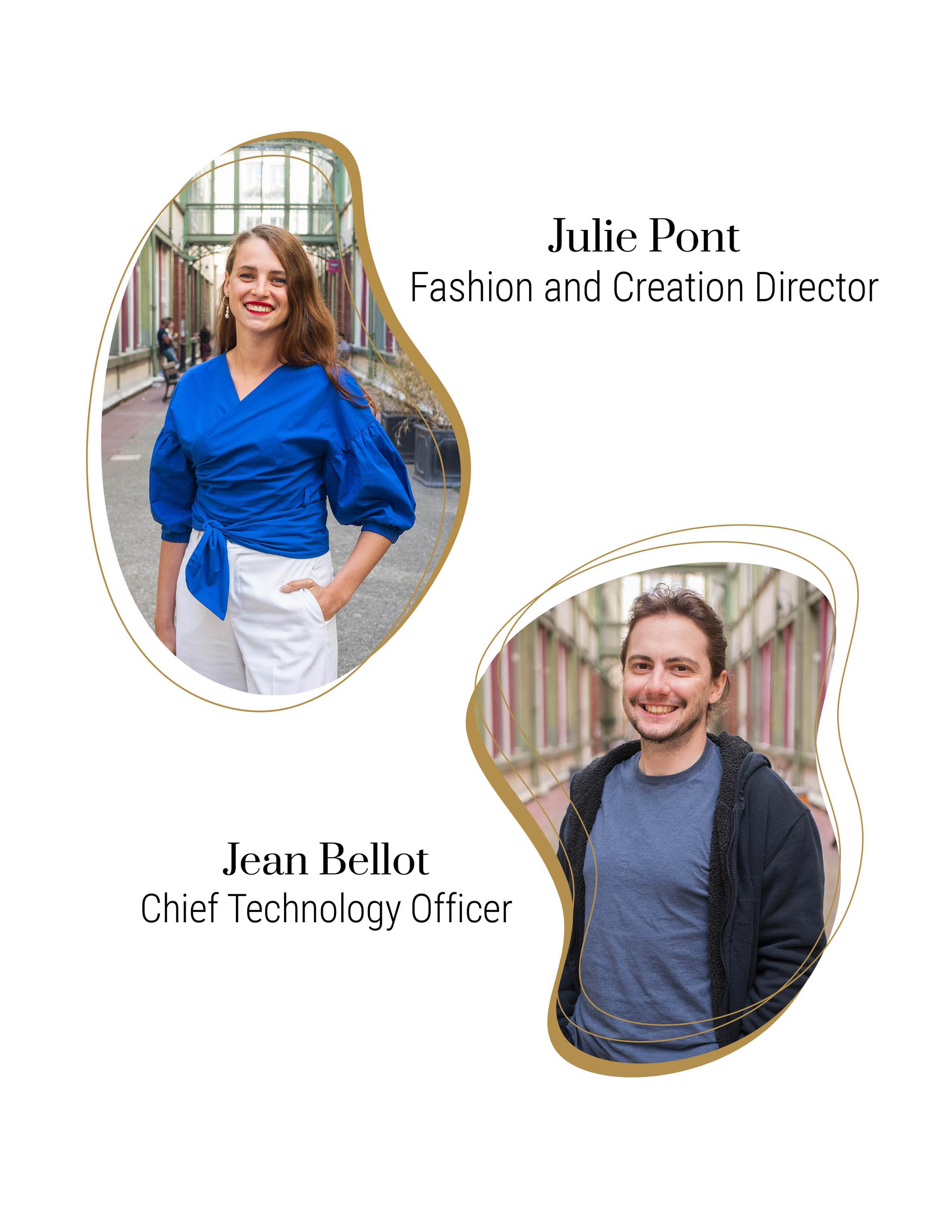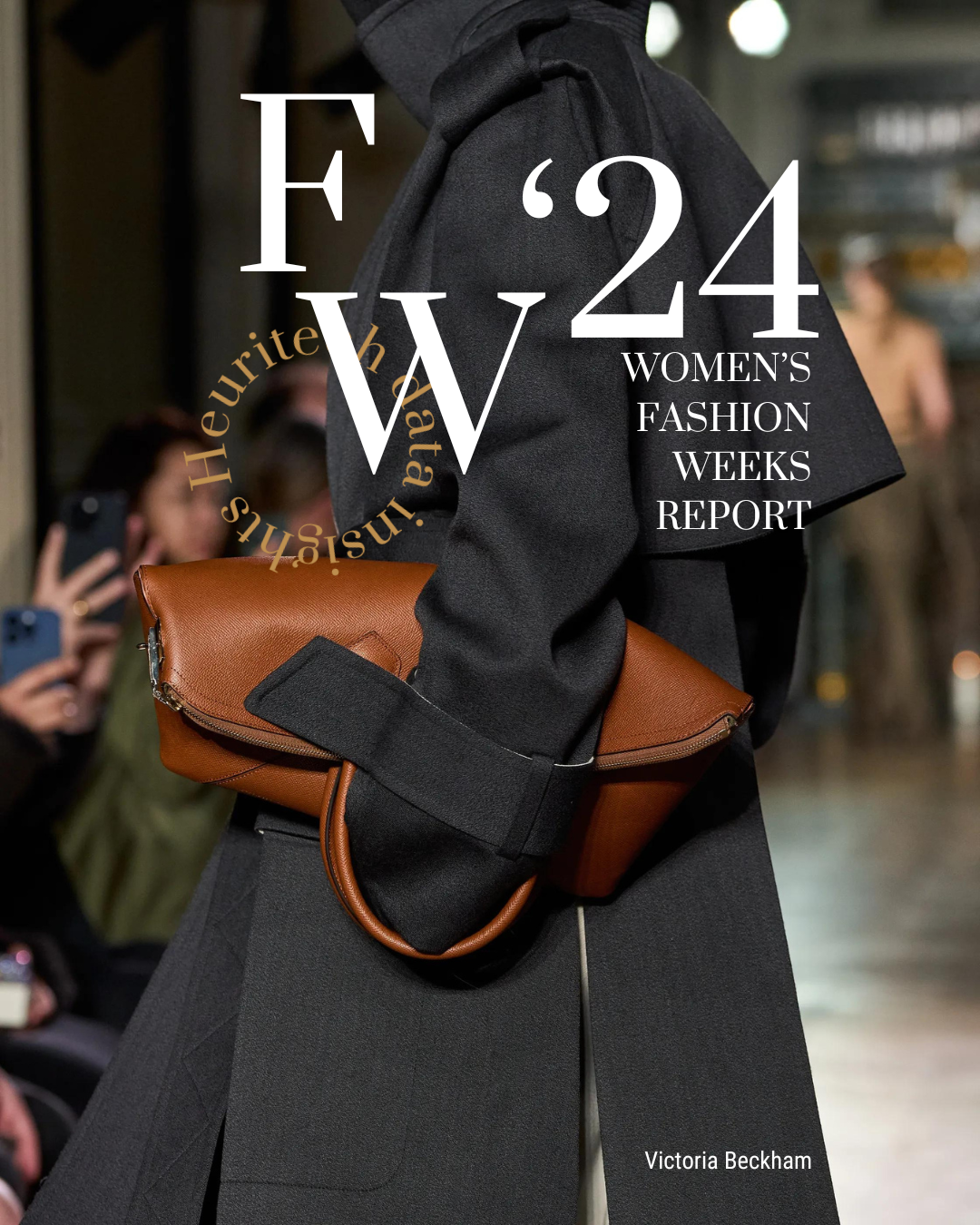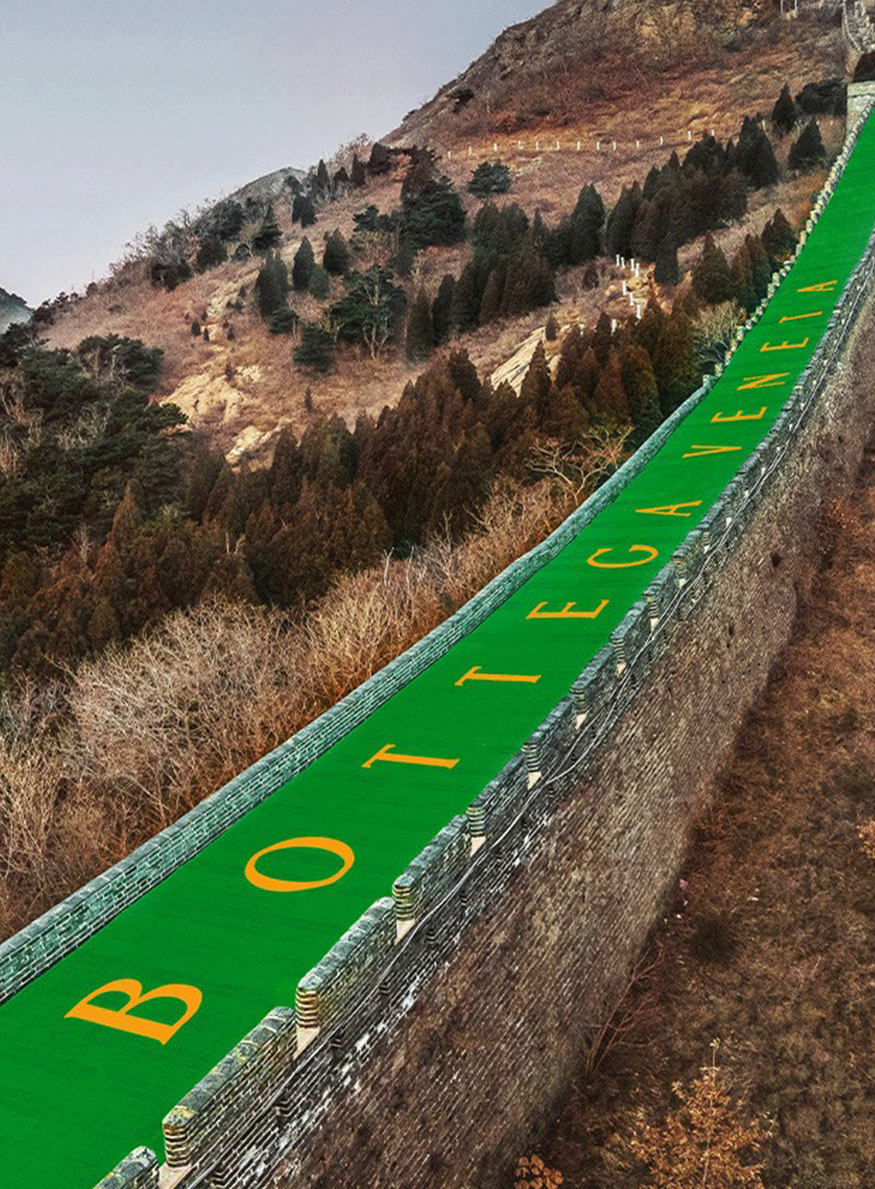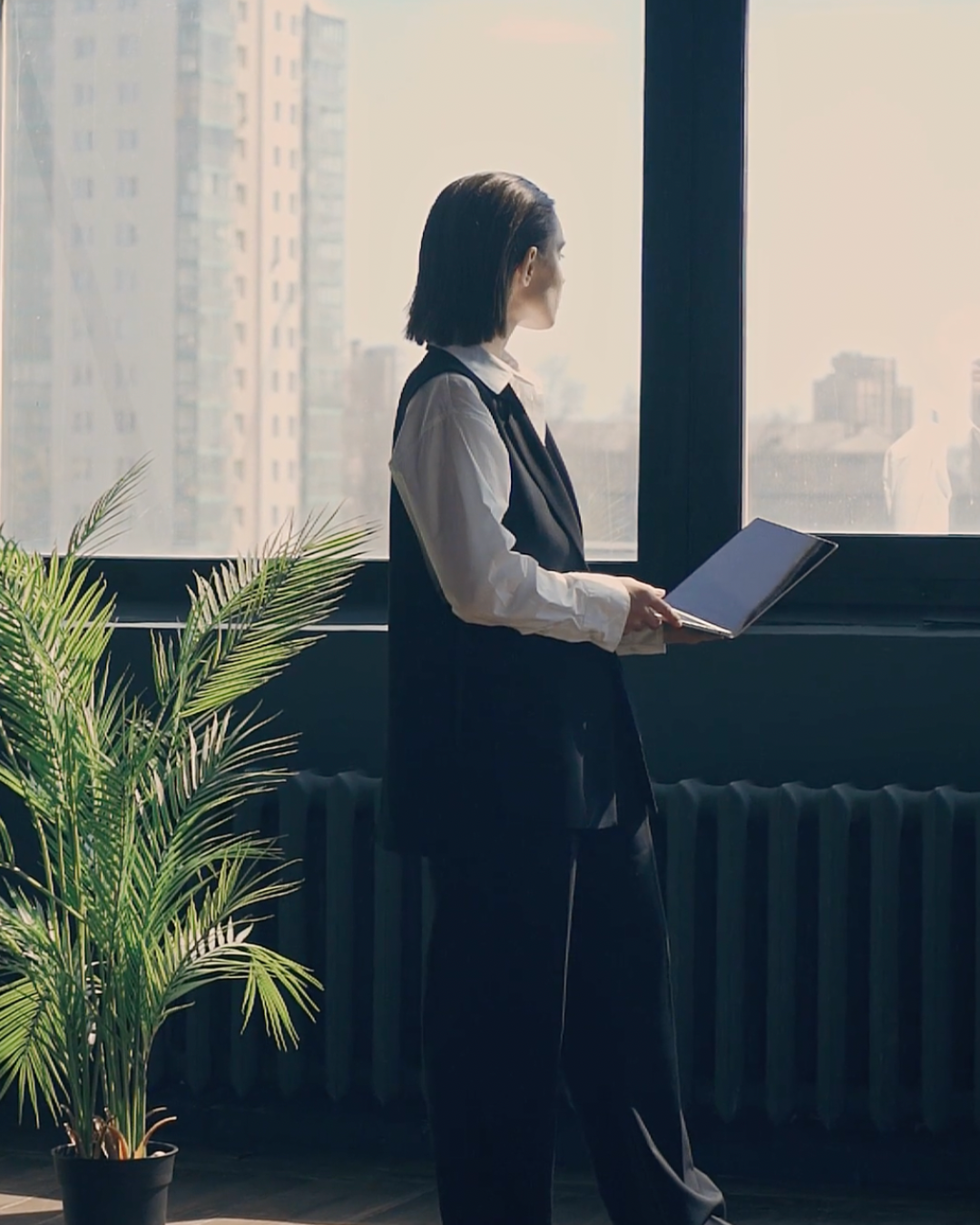It’s no secret — the fashion industry as a whole hasn’t quite figured out the right balance between creativity and technology. For creatives, it can feel daunting to adapt to new technology, and for others, it can feel uncomfortable and unfamiliar to trust their creativity. So how is it possible to join these two worlds?
For Heuritech’s very first podcast episode, we explore this exact question. We chat with our Fashion and Creative Director, Julie Pont, and our Chief Technical Officer, Jean Bellot, to hear from both sides of the spectrum. Together, these two experts have found a way to create a common language between two seemingly disconnected worlds, resulting in a marriage between fashion and technology from which Heuritech draws its strength.
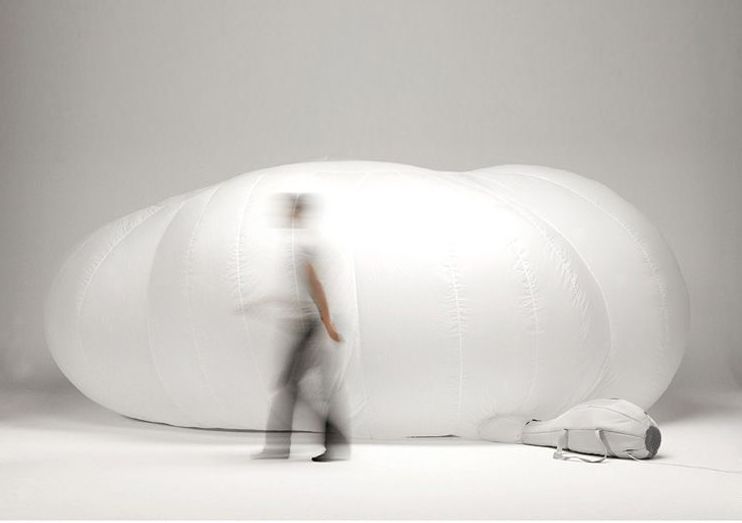
Macarena Blanco: You two are like two sides of one coin — one is a fashion expert; one is a tech expert. With that said, in what ways do your jobs overlap, and is this the case for all fashion companies?
Julie Pont: It’s a daily job to make both sides work together and understand each other. I think we’re managing at Heuritech, though! We try our best to build bridges between teams and to allow people to explain and communicate their jobs to one another to really create a mutual understanding within the company.
Jean Bellot: For the technical aspects, it’s a challenge to make people understand what’s easy, difficult, or even impossible to do sometimes. To a certain extent, the fashion team is one of our first clients in terms of our data, so we learn a lot from each other as we work through challenges together.
MB: Do you have any insights on how to create this marriage between your teams, or how you manage to find this common language between the two?
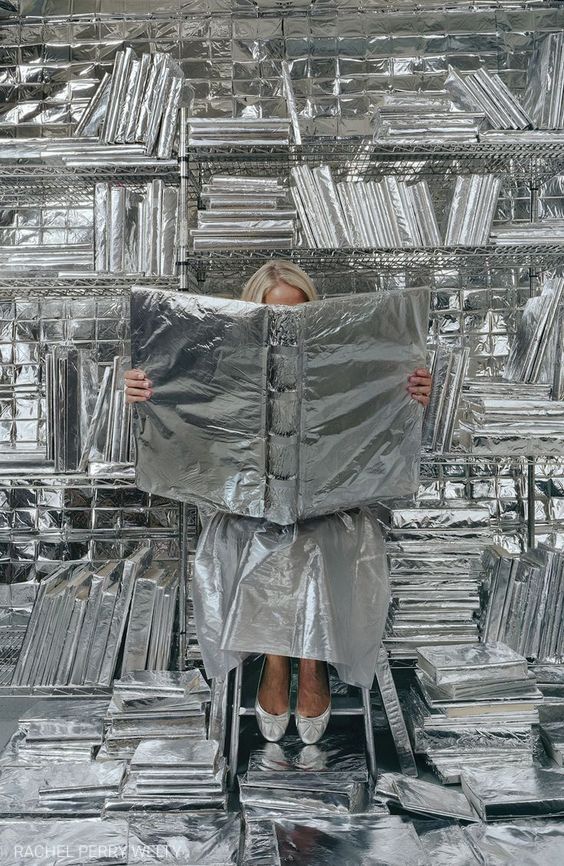
JP: The most important thing to do is to create a lot of rituals that allow teams to talk to each other. Teams tend to operate in parallel roadmaps without any touchpoints, so spending time together is key to understanding challenges, limitations, and issues in their own scope. It’s also important to learn everyone’s “language”, because each team has their own terms, and it makes it difficult to communicate if there’s no mutual understanding.
Another piece of advice is to infuse rather than impose. If you work with someone who has had the same habits for years, and one day you come in and tell them how to work, you won’t get anywhere. Instead, you need to show them the advantages of your process step by step.
Technology and data leaves you the time to be truly creative, to listen to your core values and intuitions, and to promote something really new.

Seize all the benefits of a data-driven mindset
MB: Julie, what is your answer to creative people who feel that Artificial Intelligence might take their jobs or creativity? It’s a common fear in the industry.
JP: I always answer one thing: that at the root of every AI technology, there is a human being who has taught the AI to be intelligent. Creativity is uniquely human, so I don’t feel Artificial Intelligence will be replacing humans anytime soon. If I take my past experience as a fashion designer, I remember trying to persuade non-creatives to follow my own instincts, but having no way to do so convincingly. I didn’t have any data to prove my intuition, nor any figures.
So now at Heuritech, whenever I work with designers who are afraid that data or AI will replace their intuition or creativity, I’m able to explain to them that without data, their ideas may not come to life. Yves Saint Laurent once said: “Clothing you’re not wearing is dead.” If a designer can’t make their point in front of a merchandising or financial team, for example, the clothing never goes further than the designer’s notebook. There’s nothing worse for a creative person, for their ideas to go unrealized.
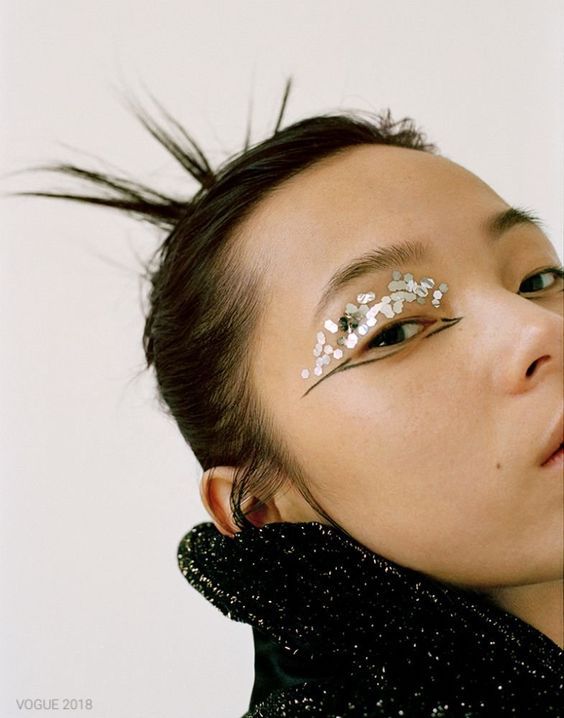
MB: And you, Jean, you’re on the other side of this. Have you ever struggled to get creatives to use data or to adapt to new technologies?
JB: A brand needs to be able to plan their collections in advance in a way that corresponds to the market and consumers. So even when we talk about creative people in the fashion industry, there’s still some analytical people linked to the business side, not to mention creatives that want to have their intuition backed or be able to create new things. I’d say we’re mainly trying to convince the business side first, and then the creative side in terms of inspiration.
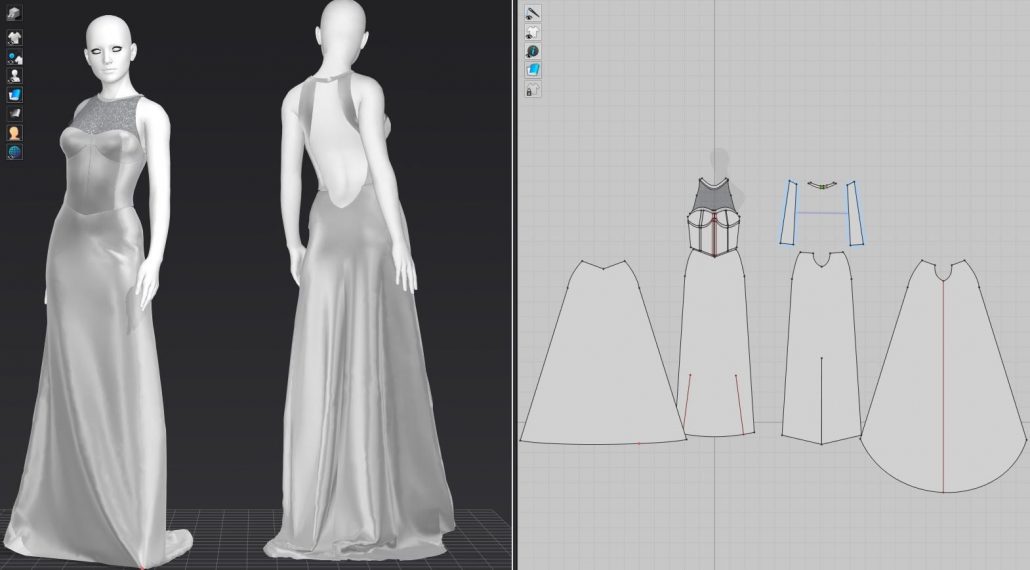
MB: Julie, as a creative yourself, how do you find the right balance between technology and creativity? Has it impacted your creativity in any way?
JP: When I was a designer, I was often repeating myself due to a lack of time for inspiration and creativity. What I find really marvelous with technology and data is that it leaves you the time to be truly creative, to listen to your core values and intuitions, and to promote something really new.
MB: How can brands approach the data-driven industries without losing their creative foundation?
JP: There are several ways. The first way is to optimize their collections, which involves targeting people more precisely, proposing more daring designs, cutting back on deadstock, and increasing revenue. The second way is to unleash their creativity by backing existing intuitions with data and encouraging creative teams to do what they do best. Brands can refuse propositions that aren’t innovative enough, fostering creativity across the industry. The third and final way is to be aware of the competitiveness of the fashion industry, and to know how to navigate through uncertainty.
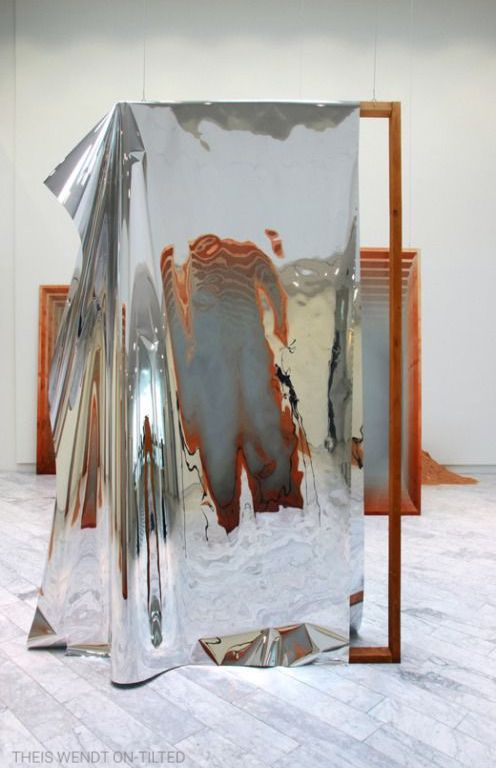
MB: Julie before mentioned data insights. Can you explain in a few words what these are?
JB: Data on its own is difficult to make sense of, so this is why we have data insights. You need to be able to analyze your data through statistical analysis or through AI to make the data legible and to infer KPIs that make sense for your business.

MB: To conclude, what do you think is the future of AI in the fashion industry?
JB: I truly believe that the next step for AI in the fashion industry is to help tackle the big challenge of sustainability. This industry, as we know, produces a lot of waste, and we believe that using AI to better understand the consumer and the next trends can help reduce overstock and help transition to a greener industry. I truly believe that this is what AI should be used for in the fashion industry.
